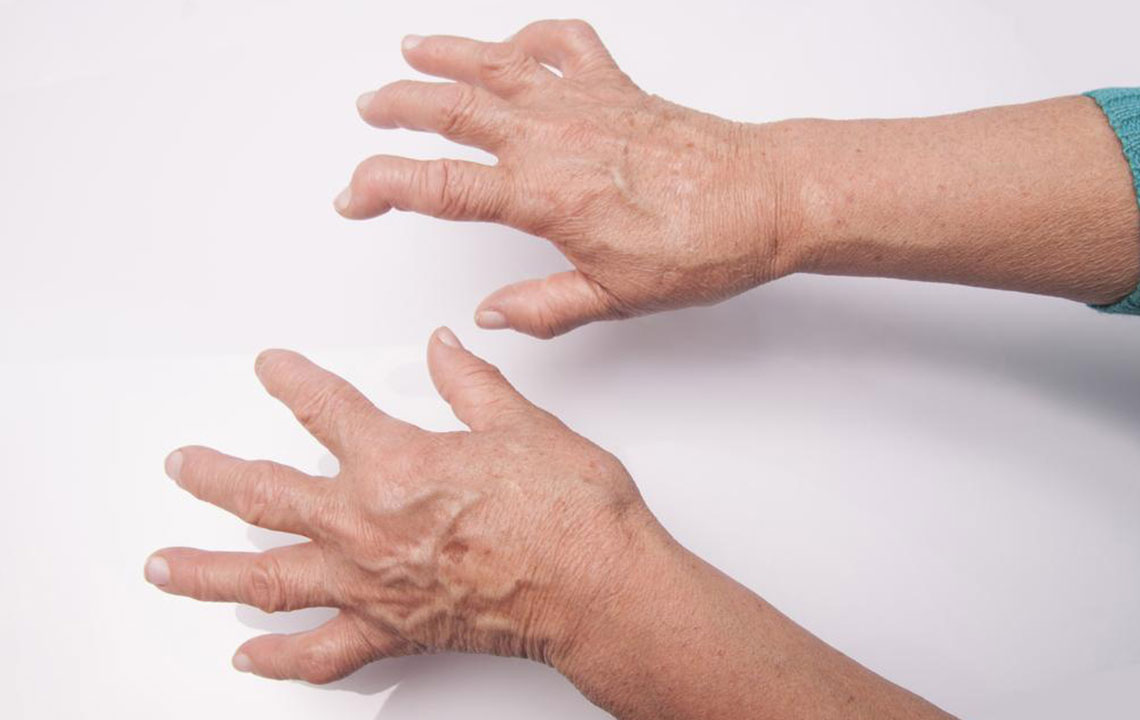Common Questions About Lupus: Causes, Symptoms, and Risks
Lupus is a complex autoimmune disease presenting diverse symptoms such as skin rashes, fatigue, and organ inflammation. This article answers common questions about its causes, symptoms, and risk factors, emphasizing the importance of early detection and management. While there is no cure, treatment options help control symptoms and prevent complications. Understanding lupus triggers and risk groups can aid in timely diagnosis and better disease management, ensuring improved quality of life for affected individuals.

Common Questions About Lupus
Understanding the Basics of Lupus
Lupus is a long-lasting autoimmune disorder characterized by inflammation and a variety of symptoms that differ from person to person. Its unpredictable nature can lead to joint pain, skin issues, and organ damage. While most individuals exhibit mild symptoms, severe cases can be life-threatening and cause permanent damage. Currently, there’s no cure for lupus, but treatments aim to control symptoms and prevent flare-ups. Early diagnosis and management are essential for improved quality of life.
What triggers lupus?
While the exact cause remains unknown, several factors are believed to contribute:
Environmental factors: Exposure to toxins like silica dust, smoking, and stress can act as triggers.
Hormonal influences: Elevated estrogen levels may increase susceptibility.
Genetics: A family history of lupus raises the risk significantly.
Medications: Long-term use of drugs such as hydralazine, quinidine, or procainamide can be linked to lupus development.
What are the typical symptoms of lupus?
Since symptoms vary widely, they can be subtle or severe, and may come and go. Common early signs include skin rashes, fatigue, joint discomfort, fever, chest pain, headaches, and memory issues. As the disease progresses, complications like kidney inflammation, dark urine, high blood pressure, and blood in urine may occur. Recognizing these symptoms early is crucial for effective management.
What does a lupus-related skin rash look like?
Skin rashes are among the hallmark signs of lupus, affecting about half of the patients.
The classic butterfly rash appears across the nose and cheeks, often triggered by sunlight or flare-up episodes.
Lupus can also cause other non-itchy skin lesions, though hives are rare.
Many sufferers are sensitive to sunlight or artificial light sources.
Checking online for lupus skin rash images can help identify the rash. Immediate consultation with a healthcare professional is advised if similar rashes are observed.
Who is at risk for developing lupus?
While having risk factors doesn’t guarantee lupus, it increases the likelihood of diagnosis:
Women are at a higher risk compared to men.
People of certain ethnic backgrounds, including Hispanic, African-American, Asian-American, Pacific Islander, and Native American groups, are more susceptible.
Most diagnoses occur between ages 15 and 44.
A family history of lupus significantly elevates risk.
Tags: lupus skin rash images, lupus rash pictures, autoimmune disease










